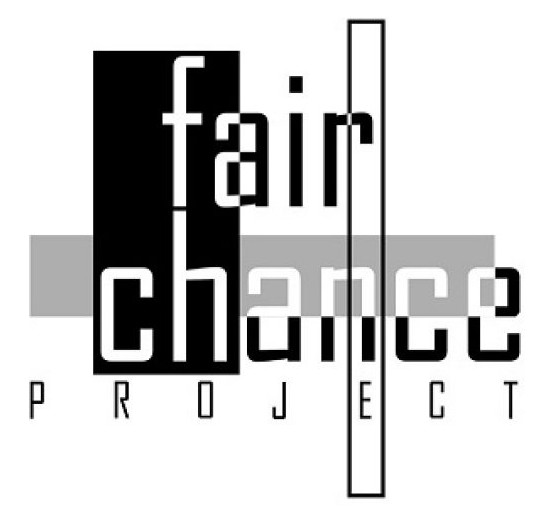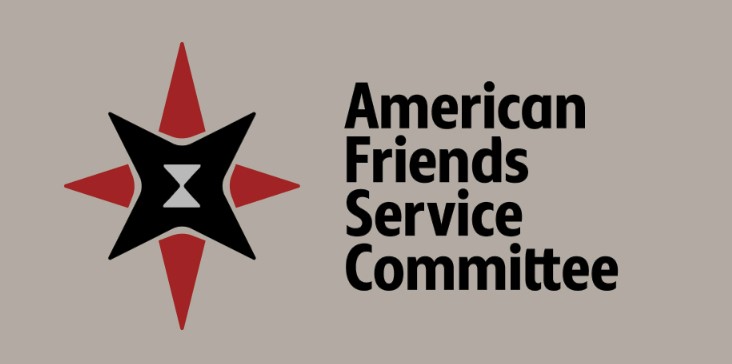Community Cages: Profitizing community corrections and alternatives to incarceration
American Friends Service Committee, August 2016, written by Caroline Isaacs, MSW
Read the whole report: CommunityCages
EXECUTIVE SUMMARY
As states pursue sentencing reform efforts to reduce prison populations and the federal government continues to grapple with comprehensive immigration reform, the private prison industry faces pressure to adapt to a shifting penal landscape that is moving toward alternatives to incarceration.
In response to these developments, the private prison industry began rebranding and expanding into subcontracted prisoner health care, forensic mental health treatment, and other “alternative” programming. In 2014, The American Friends Service Committee, Grassroots Leadership, and the Southern Center for Human Rights identified this emerging trend as the Treatment Industrial Complex (TIC).
In the present report, we offer an in-depth analysis of the community corrections segment. Community corrections refers to “front-end” alternatives to incarceration, such as probation, home arrest, diversion programs, and “back-end” reentry programs such as parole, halfway houses, and work release centers.
Nearly two-thirds of people involved in the criminal justice system are not held in prison or jail, but are instead monitored via community correction programs. At the end of 2014, more than 4.7 million adults were under probation or parole.
For prison corporations such as Corrections Corporation of America (CCA) and GEO Group, this represents a huge untapped market for privatization. Smaller companies are also springing up to meet the demand for community corrections programs and related services.
In this report, we examine four different components of community corrections that are being aggressively privatized:
1. Electronic monitoring through the use of GPS ankle monitors and other mobile surveillance technology
2. Day reporting centers for individuals to “check in” and/or participate in rehabilitative programs and services
3. Intermediate sanctions facilities as an alternative to revocation to prison for technical violations of the terms of probation or parole
4. Residential reentry centers, more commonly known as halfway houses.
Findings:
1. For-profit prison corporations such as Corrections Corporation of America and GEO Group are moving to expand their holdings in the community corrections arena. Both have acquired smaller companies that hold contracts for electronic monitoring, day reporting, intermediate sanctions, and residential reentry. Both have “rebranded” themselves as providers of rehabilitative services with a focus on recidivism reduction.
2. The niche market of community corrections is continually expanding, with new companies moving in to take advantage of lucrative government contracts and the opportunity to extract payment from those under supervision. Particularly in the field of electronic monitoring, the development of new technology and software has provided an entry point for new companies to compete for market share.
3. The profitization of community corrections poses a serious threat to the movement to end mass incarceration. Due to their extensive economic and political influence, corporations such as GEO Group and CCA are able to exploit reform efforts for their own financial gain. They can out-compete smaller, communitybased service providers for contracts. In addition, their extensive lobbying and campaign contributions are being leveraged to influence the direction of sentencing reform efforts and other policy decisions at the state and federal levels.
4. The pursuit of profit undermines the movement’s goals of shrinking the size and scope of the criminal punishment system. While the best practices in the area of community corrections emphasize tailoring interventions to provide the lowest level of security or surveillance necessary for the shortest amount of time, the incentive for private prison companies is to “widen the net” of people under ever-increasing levels of control.
The alternatives to incarceration movement should be resulting in a strong downward push: Reducing the number of people incarcerated, but also moving people more quickly off all forms of supervision. In effect, there should be a substantial number of people, based on risk assessments and other factors, who are completely free of the system and allowed to resume their lives.
This should be happening at the “front end,” where people are provided with appropriate services and accountability measures in lieu of either incarceration or probation. It should also be happening at the “back end” where individuals who have completed their sentences, are low risk of reoffending, and do not need additional support could be taken “off paper,” without cycling through a residential reentry center or being placed on electronic supervision.
However, the opposite appears to be happening. As prisons and detention centers fall out of favor, the number of people being placed on electronic monitoring and in post-release programs appears to be swelling.
This report offers an in-depth analysis of these issues, making the strong case for a nationwide examination of these trends to ensure that reform efforts are truly meeting their goal of providing alternatives to incarceration, not incarceration by another name.

